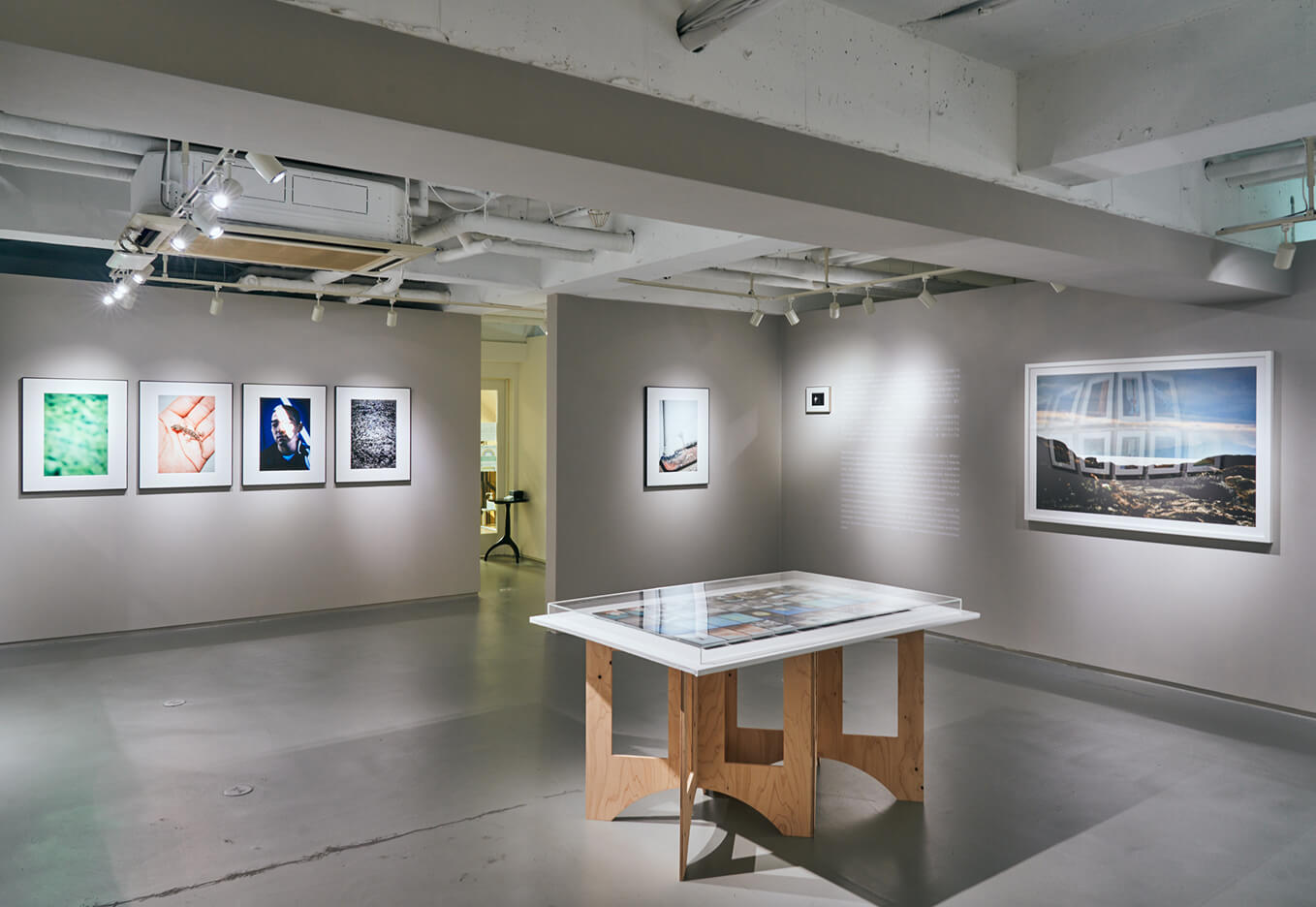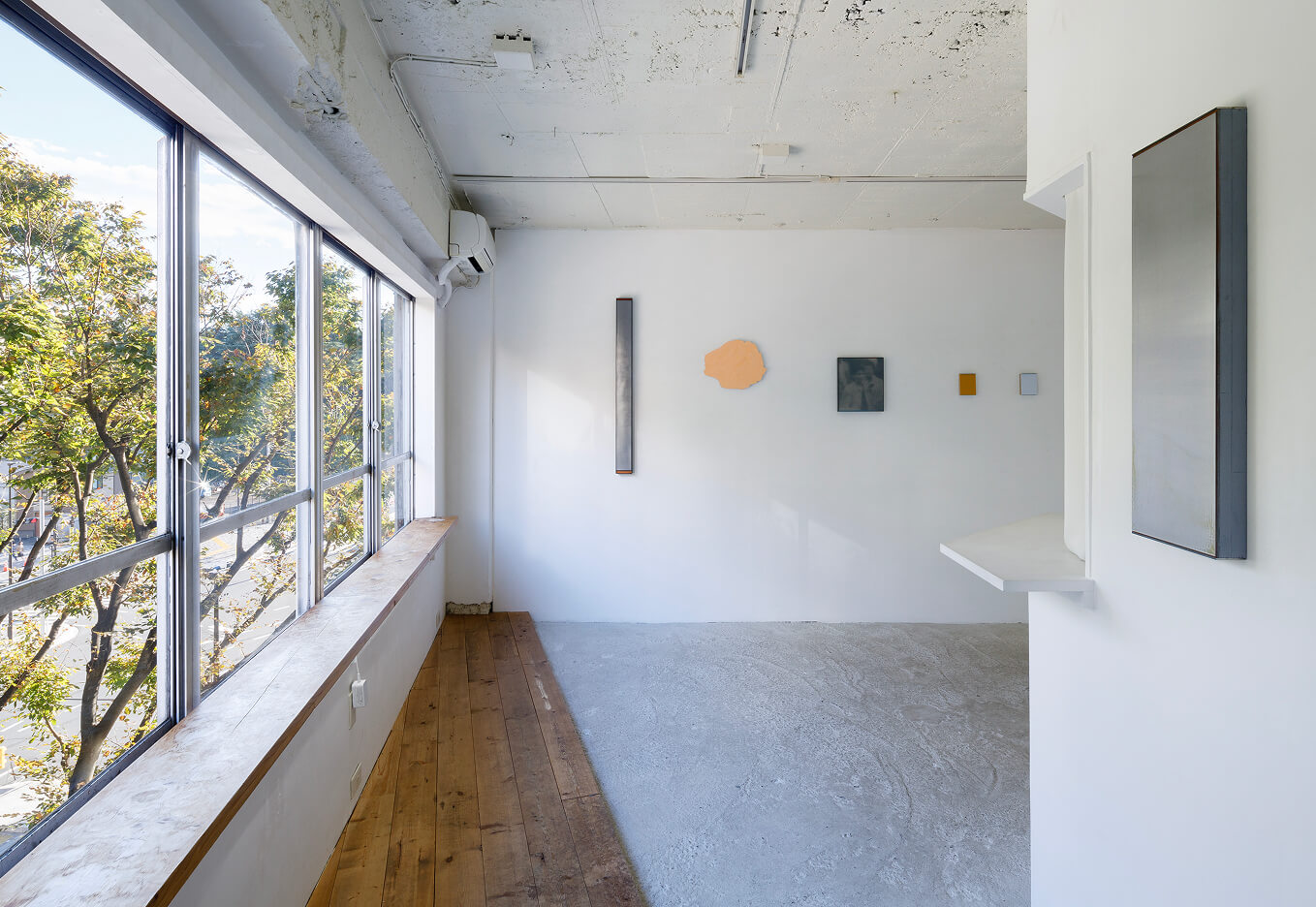AWT BUS
RIDE FOR FREE
NOVEMBER 7-9
Art Week Tokyo is a dynamic, citywide event with no main venue and no single entry or exit. Instead, the AWT Bus service is the core of Art Week Tokyo’s programming. Over three days from November 7 to 9, a network of free hop-on, hop-off buses links all participating venues and special platforms across seven routes and express lines, making it easier than ever to navigate the city’s art scene. Buses run every 15 minutes from 10am to 6pm and can be boarded at any stop.
Ask the staff at your first point of embarkation for an Art Week Tokyo wristband to get started.
Using Your Art Week Tokyo Wristband
Art Week Tokyo wristbands are available for free at any AWT Bus stop as well as at information desks at participating museums. Just show your wristband to ride the bus.
Wristbands are valid for the rest of the day and allow for unlimited rides on the bus. Then pick up a new wristband at the start of your next day.
Wristbands also grant discounted admission at participating museums.
Cover More Ground with New Bus Lines
This year Art Week Tokyo is debuting a new express bus service with lines connecting AWT Focus directly with hubs along other routes.

AWT FOCUS ⇔ AWT VIDEO (ROUTES A, B)

AWT FOCUS ⇔ MUSEUM OF CONTEMPORARY ART TOKYO (ROUTE B)

AWT FOCUS ⇔ TOKYO METROPOLITAN TEIEN ART MUSEUM (ROUTE E)

AWT FOCUS ⇔ TOKYO OPERA CITY GALLERY (ROUTE F)
Additionally, a new line, Route G, loops between AWT Focus, Roppongi, and the AWT Bar, connecting the east and west sides of the city with the art district at its center.
Read on to learn more about each route.
ROUTE A
Originating from the National Museum of Modern Art, Tokyo, where the collection display covers more than a century of Japanese modern and contemporary art, Route A loops through the northern part of central Tokyo.
All the venues on this route have distinctive spaces, starting with SCAI The Bathhouse in picturesque Yanaka. Other galleries include Misako & Rosen, Mizuma Art Gallery, and Waitingroom. Artist-run spaces Fig. (located in the same building as Misako & Rosen) and XYZ collective are also a draw. AWT Video offers transfers to Route B and express service to AWT Focus.


ROUTE B
Route B is anchored by the Museum of Contemporary Art Tokyo (MOT) in Kiyosumi-Shirakawa, a traditional postwar Tokyo neighborhood where a bit of exploration leads to artisanal coffee roasters, handcrafted accessory shops, and used bookstores. Also in the vicinity are galleries Hagiwara Projects, Kana Kawanishi, and Mujin-to Production.
Closer to the city center, the Artizon Museum occupies a state-of-the-art facility in Kyobashi and Tomio Koyama Gallery is located in the newly built Toda Building across the way. AWT Video offers transfers to Route A and express service to AWT Focus.


ROUTE C
The AWT Focus exhibition at the Okura Museum of Art is the hub of Route C as well as all four express bus lines. From there, the route winds through the hilly Azabu area before turning up toward Ginza, the historic center of Tokyo’s art world.
Fittingly, Route C features a strong contingent of galleries—Gallery Koyanagi, Pace, PGI, Take Ninagawa, and Tokyo Gallery + BTAP—as well as corporately sponsored art spaces Chanel Nexus Hall, Ginza Maison Hermès Le Forum, and Shiseido Gallery.


ROUTE D
Route D links a pair of landmark institutions for contemporary art in Roppongi, the Mori Art Museum and the National Art Center, Tokyo, to the gallery scenes in Nishi-Azabu to the west and Aoyama-Itchome to the north.
The bus weaves through backstreets and boulevards to reach Kaikai Kiki Gallery, nca | nichido contemporary art, Misa Shin Gallery, Snow Contemporary, and first-time Art Week Tokyo participant space Un.


ROUTE E
Route E bridges the charming Meguro and Ebisu neighborhoods with the bourgeoning Tennozu art district.
Built in the 1930s as an Art Deco mansion for a member of the imperial family, the Tokyo Metropolitan Teien Art Museum is one of the city’s architectural gems, while the Tokyo Photographic Art Museum holds down a corner of Yebisu Garden Place, a mixed-use development constructed in the 1990s. From there, galleries MEM, Poetic Scape, and Leesaya lead the way to the Terrada Art Complex, which is home to Anomaly, Kosaku Kanechika, Takuro Someya Contemporary Art, and first-time Art Week Tokyo participant Standing Pine. There is one stop with express service to AWT Focus.


ROUTE F
The expanded Omotesando area is the fashion mecca of Japan, with starchitect-designed flagship buildings for luxury brands overlooking shops for up-and-coming labels and niche vintage stands.
Starting from the pop-up AWT Bar, Route F follows the trail of art spaces and galleries interspersed among—and sometimes on top of—all the boutiques, namely, Espace Louis Vuitton, Gallery 38, Fergus McCaffrey, Nanzuka Underground, and Watari-um. It also spurs out to the fringes of the Shinjuku nightlife district, where Tokyo Opera City Art Gallery and Ken Nakahashi are located. Route F includes one stop with express service to AWT Focus.


ROUTE G
Route G connects Art Week Tokyo’s centerpiece exhibition platform, AWT Focus, with its event space, the pop-up AWT Bar, where visitors can enjoy a multisensory art experience incorporating architecture, food, drinks, music, and community.
En route, the bus makes only one other stop in Roppongi, where a warren of galleries sprawls across several complexes in the shadow of the Mori Art Museum: complex655, the Piramide Building, and the Metro Hat/Hollywood Plaza in Roppongi Hills. Galleries here include Yumiko Chiba Associates, Taka Ishii Gallery, Kayokoyuki, Yutaka Kikutake, Taro Nasu, Kotaro Nukaga, Perrotin, and ShugoArts.



































































